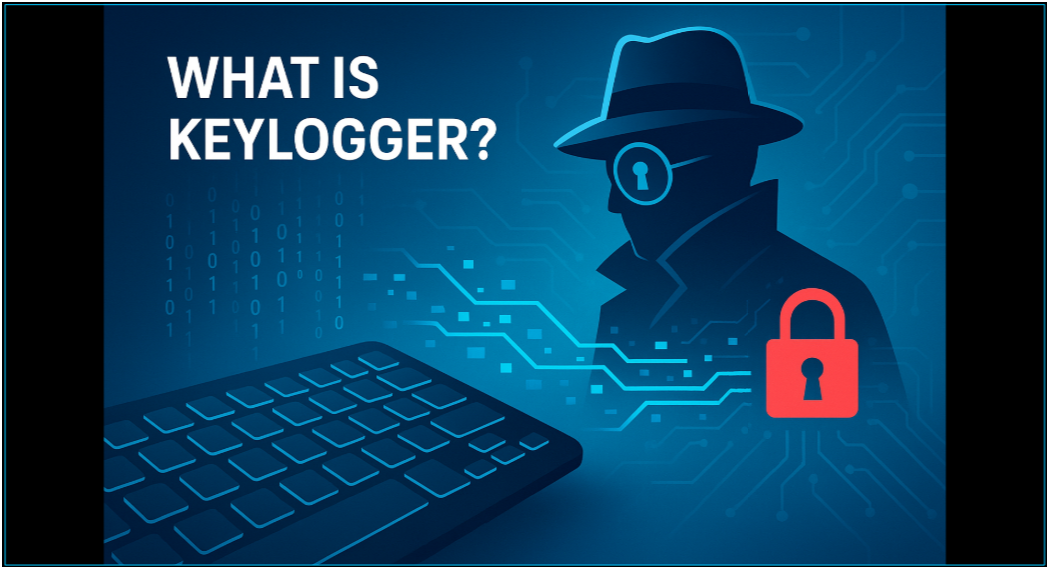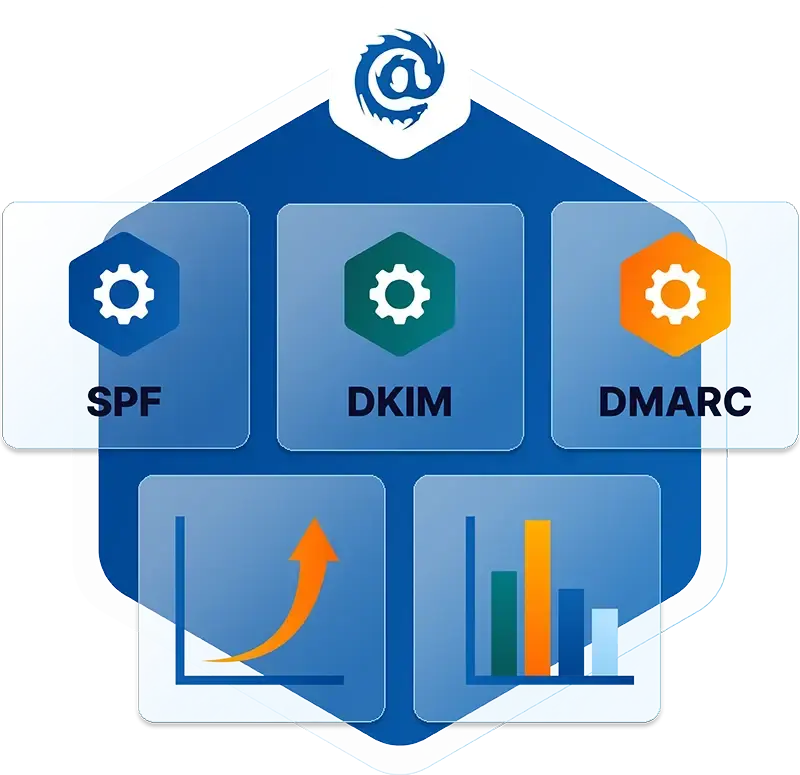Table of Contents
Threat Exposure Management Explained
Threat Exposure Management (TEM) is a comprehensive and strategic approach to managing the increasing risks and vulnerabilities faced by organizations in the modern threat landscape. It encompasses a set of processes, methodologies, and capabilities that enable enterprises to continually assess, evaluate, and mitigate the accessibility, exposure, and exploitability of their digital and physical assets. By implementing a TEM program, organizations can proactively identify and address security risks, align security controls with business objectives, and enhance their overall resilience against cyber threats.
The Five Stages of a TEM Program
A TEM program is structured around five cyclic stages, each contributing to the continuous improvement of an organization's security posture:
-
Scoping: In this initial stage, security teams collaborate with stakeholders to define the scope of the TEM program. The focus is on identifying and understanding the organization's entire attack surface, including internal and external factors such as vulnerability management, digital risk, supply chain, cloud infrastructure, and the deep and dark web.
-
Discovery: The discovery phase involves inventorying assets and assessing risk profiles based on the established scope. Security teams map out assets, vulnerabilities, misconfigurations, technology dependencies, and associated risks. This step provides a foundational understanding of the organization's security landscape.
-
Prioritization: During this stage, security teams prioritize threats based on their likelihood of exploitation and the potential impact on the organization. Rather than solely relying on severity scores, factors such as exploitability, existing security controls, network topology, risk appetite, and overall enterprise risk are taken into account. This enables a more targeted and efficient allocation of resources.
-
Validation: The validation stage involves assessing the exposure to threats by conducting controlled simulated or emulated attacks. Security teams test different attack scenarios, including initial footholds, attack paths, and lateral movements, to validate the effectiveness of existing security controls, incident response capabilities, and remediation processes.
-
Mobilization: In the final stage, the focus is on operationalizing the findings and integrating them into established processes. The goal is to build a defined workflow that enables efficient and frictionless collaboration among various stakeholders. This stage often involves leveraging security automation and IT process automation to streamline remediation efforts and maximize efficiency.
The overarching goal of a TEM program is to establish mature and strategic security controls aligned with the organization's risk appetite and business objectives. By continuously minimizing risk, improving resilience, and fostering collaboration, organizations can effectively address the evolving threat landscape.
Key Components of a Threat Exposure Management Program
A comprehensive Threat Exposure Management program typically incorporates the following key components:
-
External Attack Surface Management (EASM): EASM focuses on continuous discovery, inventorying, classification, prioritization, and monitoring of an organization's attack surface from an external attacker's perspective. It involves leveraging Attack Surface Management (ASM) platforms to identify internet and attacker-exposed IT assets, detect unexpected changes or vulnerabilities, and prioritize patching efforts efficiently.
-
Cyber Asset Attack Surface Management (CAASM): CAASM expands beyond traditional asset management by aggregating multiple sources of visibility, including EASM, traditional asset management systems, cloud providers, and Extended Detection and Response (XDR) solutions. By consolidating various sources of visibility into a single repository, CAASM provides a unified view of an organization's attack surface, enhancing the foundation of security programs.
-
Risk-Based Vulnerability Management (RBVM): RBVM builds upon traditional vulnerability management practices by leveraging a broader range of inputs to assess the real-world risk posed by vulnerabilities. It helps security teams prioritize remediation efforts based on factors such as exploitability, potential impact, threat intelligence, and business context, allowing for a more effective allocation of resources.
-
Threat Intelligence Platform (TIP): TIPs provide security teams with contextual information about the latest tools, techniques, and procedures employed by threat actors. These platforms automatically collect, reconcile, and organize threat intelligence from various sources, such as dark web monitoring, to enhance detection and response capabilities, prioritize vulnerabilities, and strengthen overall threat modeling efforts.
-
Penetration Testing: Penetration testing involves simulated attacks that target an organization's perimeter to identify potential vulnerabilities and entry points. While it doesn't explore paths through the network, pen testing helps uncover specific areas that can be easily breached. It is typically conducted by external teams and helps organizations identify and address security weaknesses, although it may not provide insights into deeper network vulnerabilities.
-
Breach and Attack Simulation (BAS): BAS solutions simulate real-world attacks against an organization's cybersecurity infrastructure to evaluate the effectiveness of security controls and incident response capabilities. By conducting predefined sets of operations, BAS helps identify gaps in the security program, enabling organizations to strengthen their defenses and enhance overall resilience.
-
Security Rating Services (SRS): SRS provides a rating or scorecard-like assessment of an organization's security posture based on publicly available information. While offering concrete severity scores, SRS provides rudimentary data and limited insights on actionable steps to secure the system. It serves as a basic risk assessment tool but should be complemented by more comprehensive TEM components.
These components work synergistically within a TEM program to provide organizations with enhanced visibility, improved risk management, and a proactive approach to addressing security threats. By adopting a comprehensive and strategic TEM solution, organizations can better protect their digital assets and minimize the impact of potential cyber attacks.
Explore More Articles
Say goodbye to Phishing, BEC, and QR code attacks. Our Adaptive AI automatically learns and evolves to keep your employees safe from email attacks.

/Concentrix%20Case%20Study.webp?width=568&height=326&name=Concentrix%20Case%20Study.webp)












